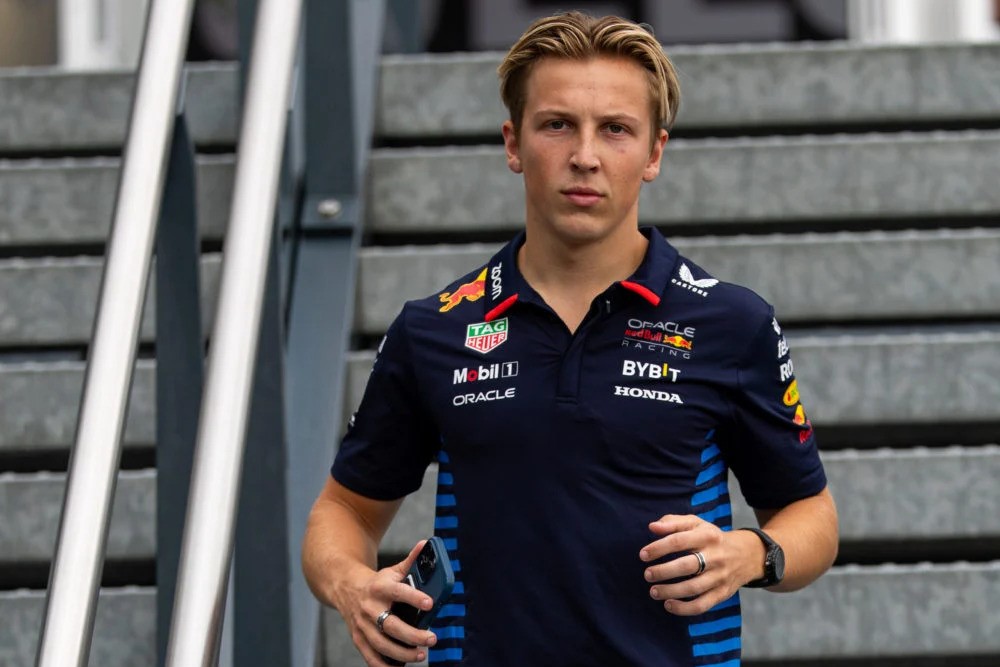Formula 1 CEO Stefano Domenicali has reignited discussions about the potential introduction of reverse grids for F1 sprint races.
Stefano Domenicali has reignited discussions around the potential implementation of reverse grids for F1 sprint races, a concept that has stirred both intrigue and controversy within the motorsport community.
As F1 continues to evolve, the idea of altering the traditional race format to promote competitiveness and excitement is gaining traction.
The concept of reverse grids involves rearranging the starting order of a race based on the finishing positions of a previous qualifying session or race. In simpler terms, the slower cars would start at the front, while the fastest cars would line up at the back with the goal to create more overtaking opportunities and enhance the overall excitement of the race.
In lower-tier racing series such as Formula 2 and Formula 3, reverse grids have been well-received, often leading to thrilling races filled with unexpected twists and turns. However, the application of this concept in Formula 1 presents unique challenges and considerations.
Stefano Domenicali has been vocal about his vision for the future of Formula 1, emphasizing the need for innovation and adaptation to keep the sport relevant and engaging.
The Formula 1 boss believes that the current sprint race format, which has been part of the F1 calendar since 2021, has successfully added a new dimension to race weekends.
With six sprint races scheduled for the 2024 season, the format has allowed drivers to showcase their skills in a shorter, more intense racing environment. However, the potential for reverse grids could take this excitement to new heights.
“I remember when we introduced them we had a lot of criticism from the purists – who we need to always listen to, even to the ones who are not happy with it,” Domenicali told Motorsport.com.
“But I feel that now the thing has shifted completely the other way around. I think that the change we’ve introduced this year is the right one for many reasons – with separate qualifying and parc ferme the flow is much better today.
“I think that we are not in a position to say that we’re going to be like MotoGP, for example, with a full race calendar situation of sprints.
“But there is margin to grow, maybe for one third of the calendar. That could be a possibility.”
Despite the potential benefits, the idea of reverse grids has faced criticism from various quarters. One of the main concerns is the perception of “fake racing,” where the outcomes of races may seem artificially manipulated.
Domenicali acknowledges these concerns, adding: “Of course, there are certain topics that are always quite debatable.
“We can really once again discuss if there is the need to reverse the grid, or half of the grid like what F2 and F3 are doing. So these are always things to keep the mind alive, if I may say, with the intent to keep something always interesting.
“Some people can say, ‘Oh, it is a fake way of racing.’ Fake? There is nothing fake related to what you believe is the right format to produce great action.
“So I would be interested to discuss that again. Yes.”
Implementing reverse grids for F1 sprint races is not without its challenges. One major hurdle is ensuring that drivers remain motivated to perform at their best during qualifying sessions. If drivers perceive that they can gain an advantage by intentionally qualifying poorly, it could undermine the competitive spirit of the sport.
As the sport looks to the future, the role of F1 sprint races will likely continue to evolve. Domenicali has expressed a desire to increase the number of sprint races, potentially aligning F1 more closely with formats seen in other motorsport series like MotoGP, which features sprint races at every round.
To ensure that any changes resonate with the sport, it is essential for stakeholders to engage in open dialogue. This includes discussions with drivers, teams, sponsors, and fans to gather diverse perspectives on the potential implementation of reverse grids.





